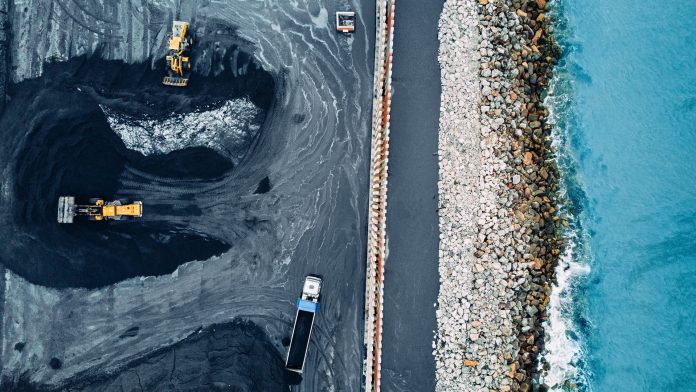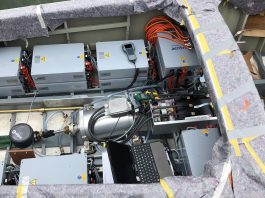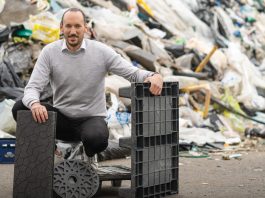This week the European Commission has presented its 2020 List of Critical Raw Materials alongside a foresight study on the future use of critical raw materials for strategic technologies and sectors.
The List of Critical Raw Materials has been updated to reflect the changing priorities of Member States and to address new supply challenges based on their industrial application. To protect these supply chains, the action plan on critical raw materials looks at current and future challenges affecting Europe and proposes actions to reduce Europe’s dependency on non-Member States. The European Commission aims to diversify its supply chains in order to improving resource efficiency and circularity while promoting responsible sourcing worldwide.
Maroš Šefčovič, Vice-President for Interinstitutional Relations and Foresight, said: “A secure and sustainable supply of raw materials is a prerequisite for a resilient economy. For e-car batteries and energy storage alone, Europe will for instance need up to 18 times more lithium by 2030 and up to 60 times more by 2050. As our foresight shows, we cannot allow to replace current reliance on fossil fuels with dependency on critical raw materials. This has been magnified by the coronavirus disruptions in our strategic value chains. We will therefore build a strong alliance to collectively shift from high dependency to diversified, sustainable and socially-responsible sourcing, circularity and innovation.”
The Commission hopes that these actions will foster their transition towards a green and digital economy and strengthen Europe’s climate resilience. To achieve these objectives, the European Commission has outlined ten concrete actions including:
- Establishing a European Raw Materials Alliance by bringing together all relevant stakeholders, the alliance will focus on increasing EU resilience in the rare earth and magnet value chains.
- Working with Member States and regions to identify mining and processing projects in the EU that can be operational by 2025, with a focus on coal-mining regions.
- Promoting the use of the Commission’s earth observation programme, Copernicus, to improve resource exploration, operations, and post-closure environmental management.
- Addressing the circularity and sustainability of the raw materials value chain: the Commission will develop a sustainable financing criterion for the mining and extractive sectors by the end of 2021.
- Developing strategic international partnerships to secure the supply of critical raw materials not found in Europe. Pilot partnerships with Canada, interested countries in Africa and the EU’s neighbourhood will start as of 2021. In these and other fora of international cooperation, the Commission will promote sustainable and responsible mining practices and transparency.
Thierry Breton, Commissioner for Internal Market said: “A number of raw materials are essential for Europe to lead the green and digital transition and remain the world’s first industrial continent. We cannot afford to rely entirely on third countries – for some rare earths even on just one country. By diversifying the supply from third countries and developing the EU’s own capacity for extraction, processing, recycling, refining and separation of rare earths, we can become more resilient and sustainable. Implementing the actions that we propose today will require a concerted effort by industry, civil society, regions, and Member States. We encourage the latter to include investments into critical raw materials into their national recovery plans.”





